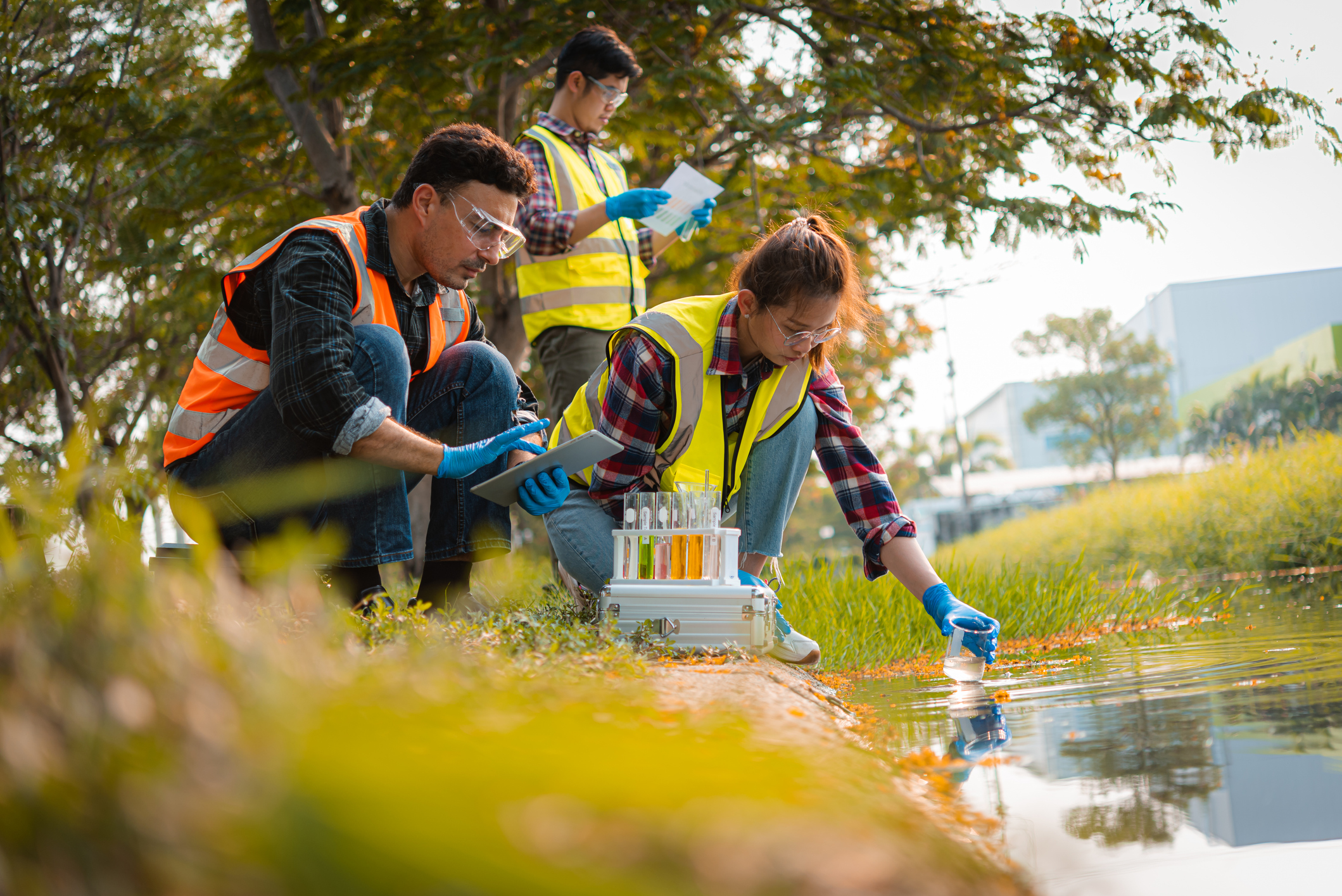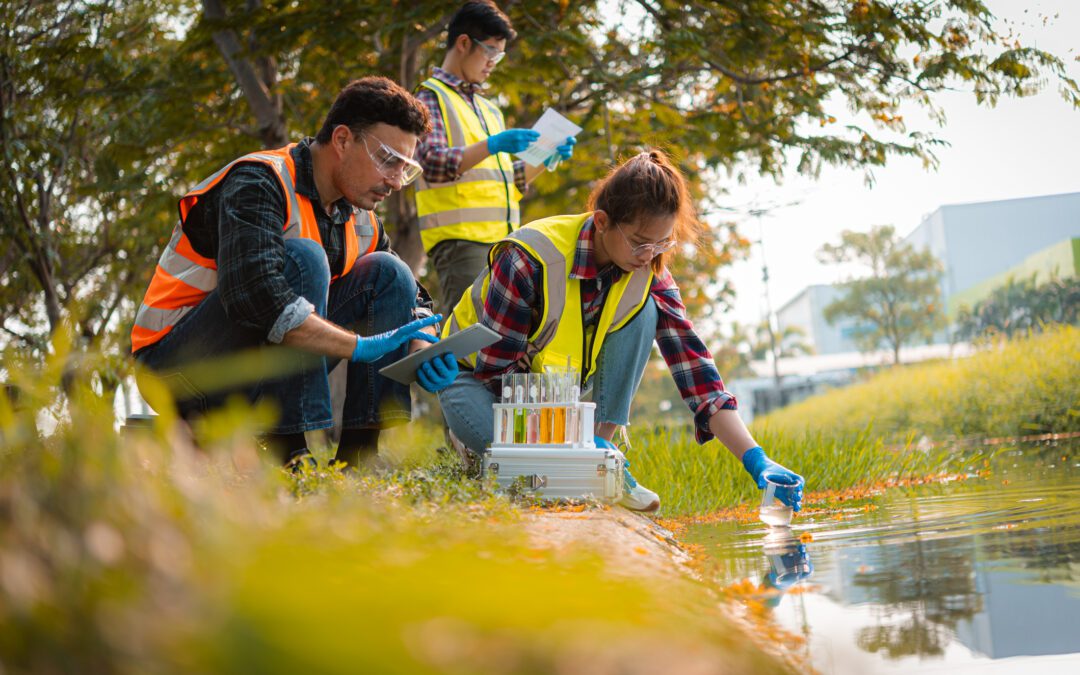
Like many other cities, Murfreesboro’s tap water may not be as pure as you think. Despite efforts to provide safe drinking water, various contaminants can still be found at levels higher than health guidelines recommend. This post explores the top 10 contaminants in Murfreesboro’s tap water, their potential health effects, federal guidelines, and the percentage of these contaminants exceeding those guidelines.
The Top 10 Contaminants Found In Murfreesboro Tap Water
1. Chloroform: A byproduct of water chlorination processes, chloroform is a trihalomethane (THM) linked to potential cancer risks and reproductive issues.
Federal Guideline: 70 parts per billion (ppb)
Murfreesboro Reading: Exceeds by 70%, indicating a significant presence that could impact health.
2. Bromodichloromethane: Another THM, this compound forms alongside chloroform during water disinfection and shares similar health risks, including cancer.
Federal Guideline: No direct guideline, but part of TTHMs limit of 80 ppb
Murfreesboro Reading: 60% higher, underlining a need for attention to water treatment practices.
3. Dibromochloromethane: This contaminant, part of the THM family, arises from chlorination and poses risks to the liver, kidneys, and reproductive health.
Federal Guideline: Included in the TTHMs limit
Murfreesboro Reading: 48% above health-based guidelines, further highlighting the impact of disinfection byproducts.
4. Chromium (hexavalent): A carcinogenic metal that can enter water through industrial processes, posing significant health risks.
Federal Guideline: 0.1 ppb (California guideline, as a reference)
Murfreesboro Reading: 500% above, marking a critical health concern for residents.
5. Nitrate: Often stemming from agricultural runoff, high levels of nitrate can affect oxygen transport in the blood, particularly in infants.
Federal Guideline: 10 mg/L
Murfreesboro Reading: Exceeds by 10%, calling for measures to reduce contamination sources.
6. Trihalomethanes (TTHMs): Collectively, these byproducts of disinfection can cause cancer and reproductive issues with prolonged exposure.
Federal Guideline: 80 ppb
Murfreesboro Reading: 22% higher, underscoring the challenge of balancing disinfection with potential health effects.
7. Haloacetic Acids (HAA5): Similar to THMs, HAAs form during water disinfection and carry cancer risks.
Federal Guideline: 60 ppb
Murfreesboro Reading: 18% above, emphasizing the complexity of maintaining clean yet safe water.
8. Lead: Lead can leach from pipes into drinking water, affecting brain development and function.
Federal Guideline: Action level at 15 ppb
Murfreesboro Reading: Variability by home; vigilance is needed as no lead level is safe, especially for children.
9. Arsenic: Naturally occurring or from industrial pollution, arsenic in water can lead to skin, heart, and lung issues.
Federal Guideline: 10 ppb
Murfreesboro Reading: Levels are concerning, with some samples significantly above the guideline, requiring urgent action.
10. Uranium: This radioactive element can damage kidneys and increase cancer risk.
Federal Guideline: 30 µg/L
Murfreesboro Reading: Up to 3 times the guideline, a serious health hazard that necessitates immediate attention.
What Can Murfreesboro Residents Do?
Awareness is the first step toward ensuring the safety of your drinking water. While the city works to comply with federal and state regulations, individuals can take measures to protect themselves and their families further:
Filter Your Water: A high-quality water filter targeting the contaminants listed above can significantly reduce exposure. Look for filters certified to remove specific chemicals.
Stay Informed: Regularly check updates from the local water authority and environmental organizations like the EWG to stay informed about water quality in Murfreesboro.
Test Your Water: Consider testing your home’s water, especially if you live in an older house that may have lead pipes or solder.
Advocate for Better Policies: Support local and national efforts to improve water infrastructure and enforce stricter regulations on pollutants.
Emergency Preparedness: Have a plan in place in the event of a contamination alert. This may include stocking up on bottled water or having a portable filtration system.
At Family Water Treatment, we understand the importance of having clean, safe water in your home. Our comprehensive water testing service can help identify the specific contaminants in your water. Knowing what you’re dealing with is the first step toward making informed decisions about water treatment solutions.
Don’t take chances with your health and the well-being of your family. Contact Family Water Treatment today to schedule a water test and see what’s really in your tap water. Let us help you find peace of mind with water that’s not only refreshing but, most importantly, safe.

